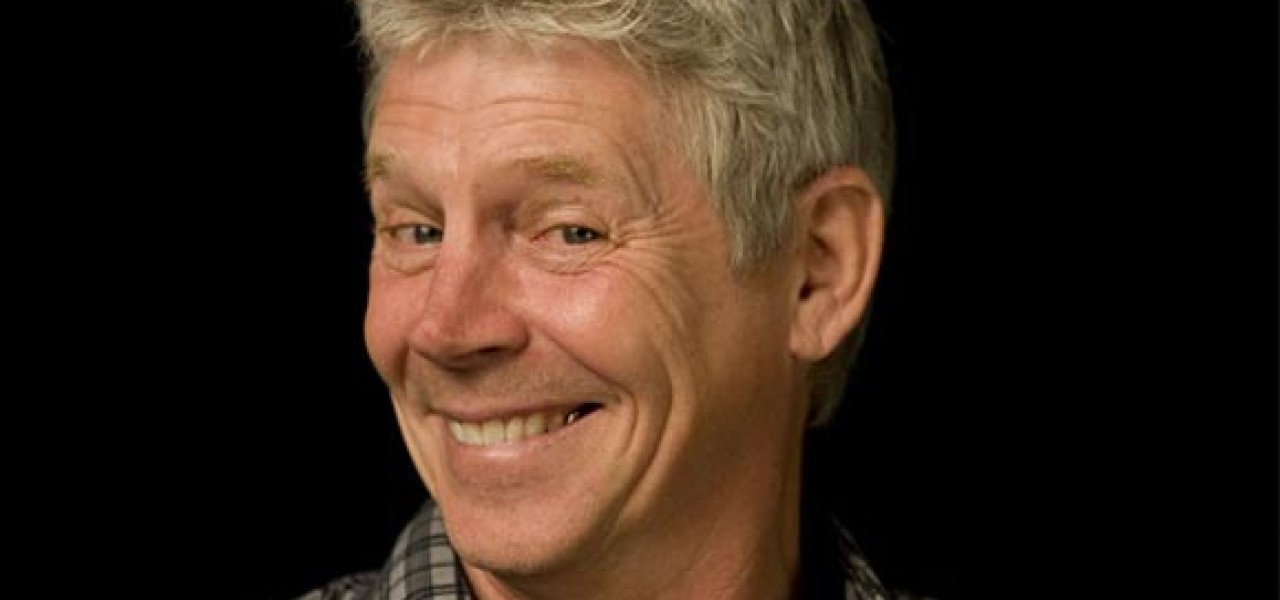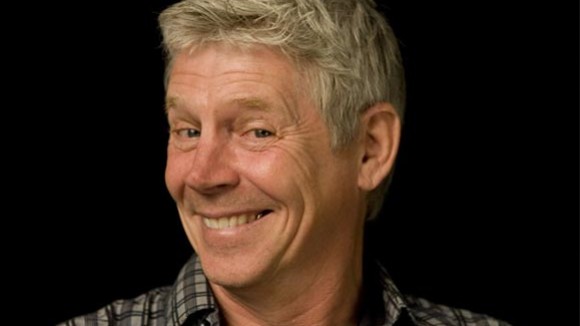

Wild Brain Co-Founder Phil Robinson, RIP

Animation veteran Phil Robinson, one of the founders of the former San Francisco studio Wild Brain, passed away yesterday, after losing a three-year battle with pancreatic cancer. The Welsh native attended Southampton College of Art in England. He was a forty-year industry veteran, who began his career animating on features like The Twelve Tasks of Asterix (1976), Heavy Metal (1981) and Plague Dogs (1982).
In the late-1980s, Robinson was recruited by Bill Hanna to start up and manage Hanna-Barbera’s new overseas studio, Fil-Cartoons, in Manila, Philippines. Upon returning to San Francisco, he worked as an animation director at Colossal Pictures from 1991-1995, where he directed commercials for clients including Cap’n Crunch, Apple and Cinnamon Cheerios, and Carl’s Jr. He also animated at ILM on the early live-action/CG hybrid Casper (1995).
In 1994 he formed Wild Brain with partners John Hays and Jeff Fino. At Wild Brain, Robinson directed the direct-to-video feature FernGully 2: The Magical Rescue, the drawn animation sequences in the 2000 feature The Adventures of Rocky and Bullwinkle, and the 17-minute CG short Hubert’s Brain. An edited version of the latter short can be viewed below:
At Wild Brain he also created recognizable advertising characters such as Lamisil’s toenail fungus monster Digger:
And Erin Esurance, who, in Robinson’s own words, “infuse[d] the world of online automotive insurance with some much-needed espionage and sexual tension.”
After the closure of Wild Brain, Robinson launched his new studio Special Agent Productions in 2009 with producer Amy Capen.
The animation studio Ghostbot, which animated the Erin Esurance spots for Wild Brain, tweeted this message about Robinson’s death:
Just lost a friend and mentor today. No matter how prepared we were it still hurts bad.
— Ghostbot (@ghostbot) January 29, 2015
Also worth reading: this heartfelt tribute by Robinson’s longtime friend James Baker which offers some insights into Robinson beyond his accomplishments as an artist:
“Phil was endlessly patient and a fantastic mentor and teacher to a generation of artists in the Bay Area animation community in the 1990s and 2000s, but there was definitely a ‘stroppy’ side to him that you’d see sometimes. Perhaps it was his old punk soul, but he couldn’t ignore pretentiousness, the putting-on of airs, or the brandishing of authority for its own sake. Then you’d see what John Stevenson called ‘the strunty little Welsh git’ step out from the skin of the otherwise warm and silly fellow.”

